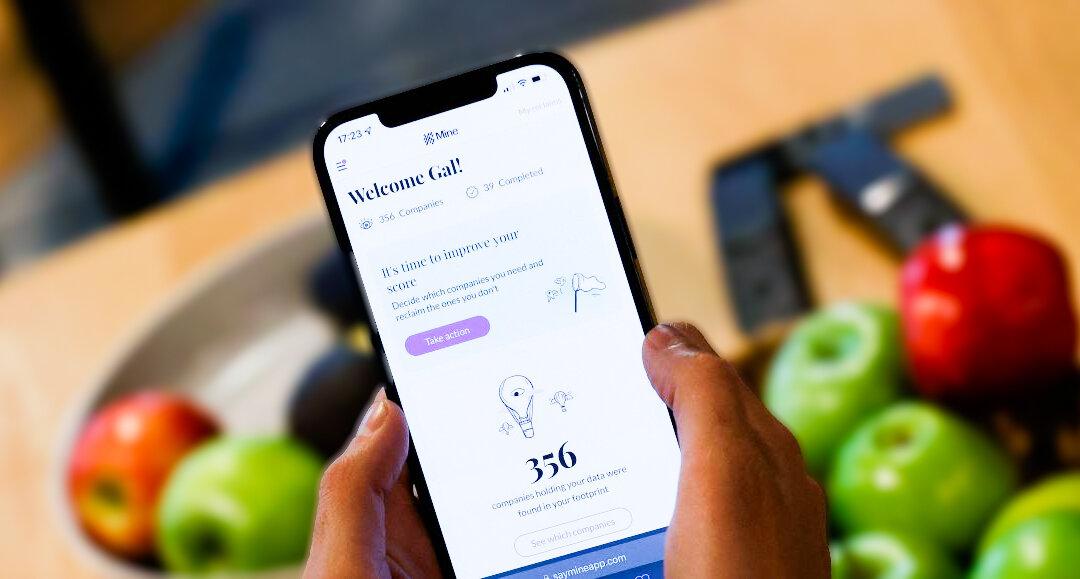Google this week announced that users should update their Android smartphones as soon as possible due to multiple vulnerabilities that can lead to “remote code execution.”
In a bulletin issued in April 3, “The most severe of these issues is a critical security vulnerability in the System component that could lead to remote (proximal/adjacent) code execution with no additional execution privileges needed.”





